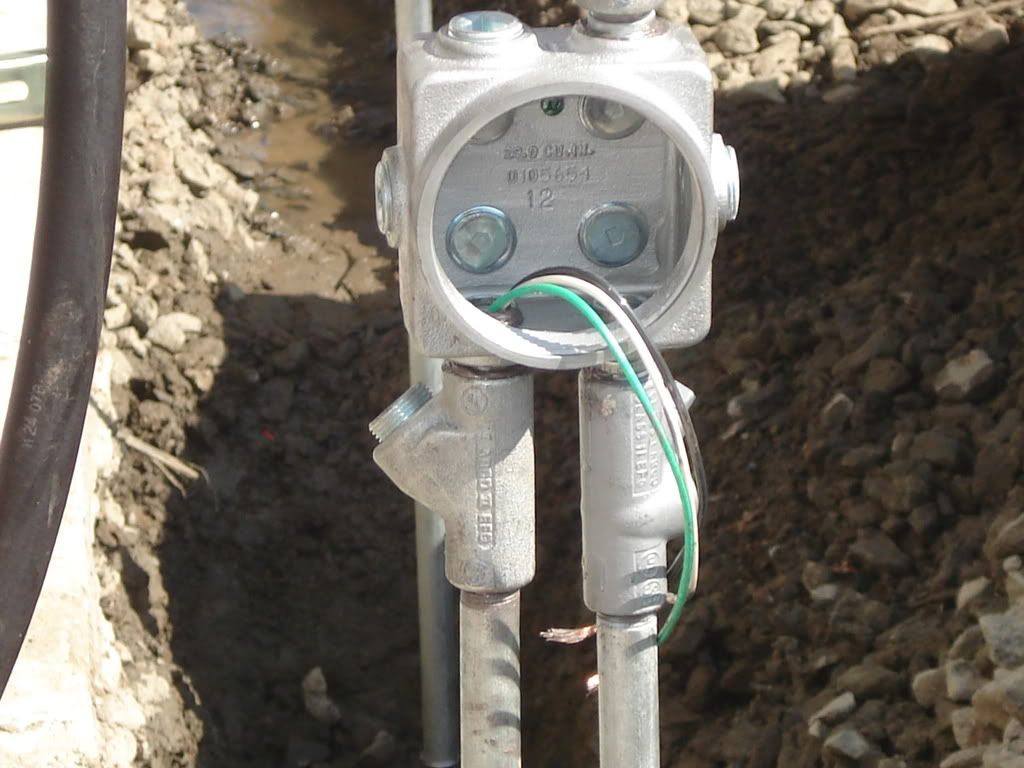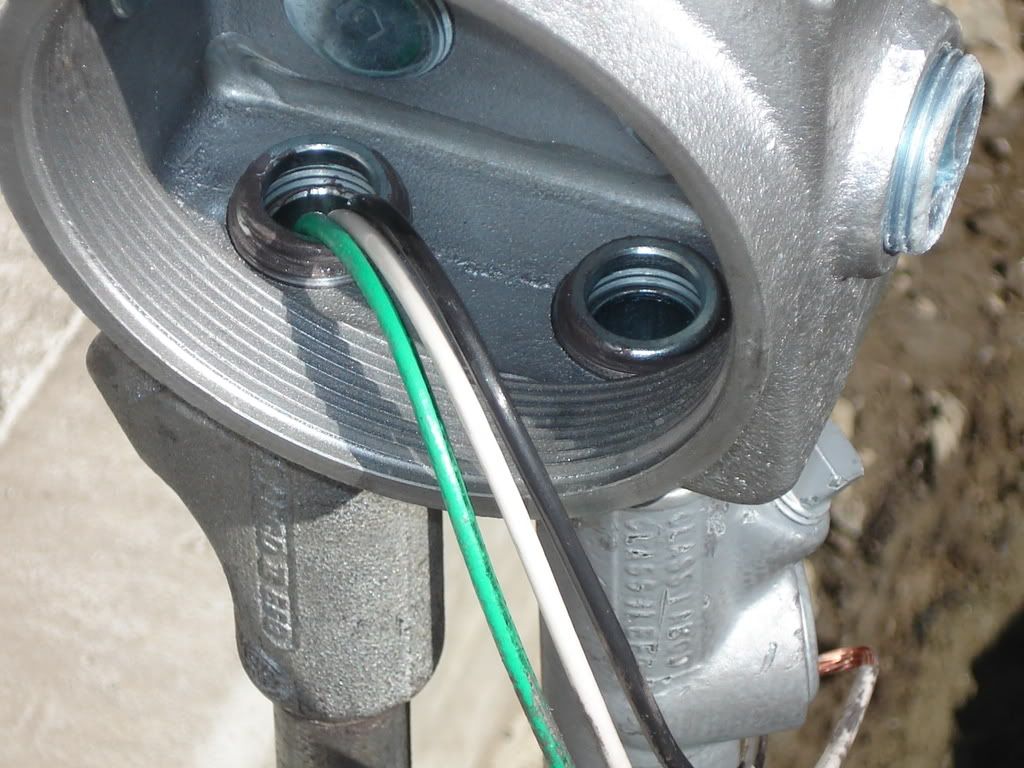wbalsam1
Senior Member
- Location
- Upper Jay, NY
In Class 1 locations, all conduit must be rigid metal or steel IMC with at least 5 full tapered threads tightly engaged in the enclosure. A new exception to 500.8(D) allows 4 1/2 for factory threaded NPT entries. When field drilling and tapping is performed it may be required to drill & tap deeper than standard NPT to insure engagement of 5 full threads.
No matter how good and thorough the pipe thread is engaged, alternate changes in temperature and barometric pressure cause the conduit(s) to "breathe". The moisture in this circulating air condenses and collects at the base of vertical conduit runs and in equipment enclosures. This is where inspection fittings should be utilized and equipped with xp drains to automatically drain off the water.
No matter how good and thorough the pipe thread is engaged, alternate changes in temperature and barometric pressure cause the conduit(s) to "breathe". The moisture in this circulating air condenses and collects at the base of vertical conduit runs and in equipment enclosures. This is where inspection fittings should be utilized and equipped with xp drains to automatically drain off the water.



